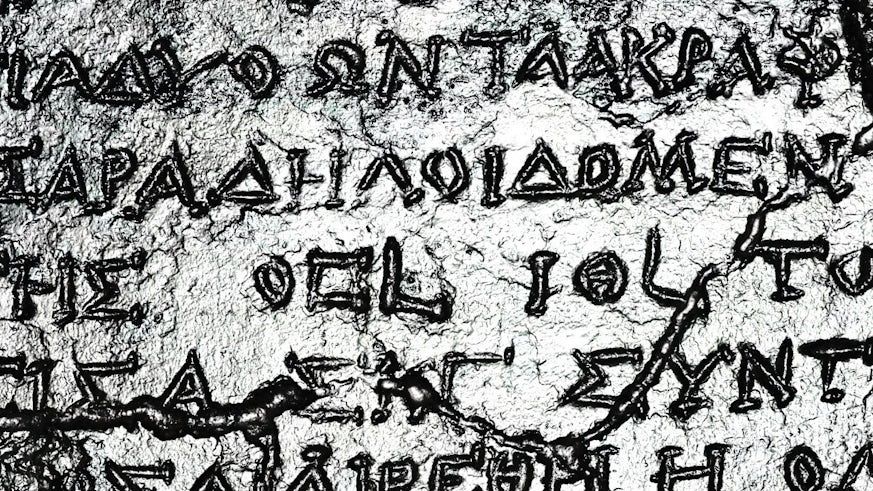Research sheds light on ancient device
2 August 2016

Professor Mike Edmunds, emeritus professor of astrophysics at Cardiff University, has been part of a team working to decode the inscriptions on the ancient device, believed to have been made some time between 200 BC and 70 BC, to try to discover what they mean in relation to the use of the device.
The Antikythera Mechanism was recovered from a shipwreck discovered in 1900 by sponge divers off the coast of the island of Antikythera in Greece.
The team, known as the Antikythera Mechanism Research Project (AMRP), have used x-ray scanning to read around 3,400 characters on the surviving surfaces of the mechanism, and have discovered that the device itself was used as a calendar, as well as a mechanism to predict eclipses.
The team’s research found that the inscriptions refer not only to the sun and the moon, as was already known, but confirm that the motions of the planets were also shown, as well as the timing and colour of eclipses.
Significantly, this interest in colour represents the first indication that the mechanism may have been used not only in astronomy, but also in astrology – the system of predicting events on Earth based on the movements and positions of the stars and planets.
The link with astrology was a surprise to researchers because the device’s other functions are either astronomical or linked to a calendar using the common names of the months of the year, as well as recording the timings of athletic events such as the Olympic games.
Speaking at a special presentation in Athens, Professor Edmunds explained that the formal and detailed style of the writing meant it was unlikely to have been a novelty item.
“It takes it, to me, out of the realm of executive toys – it’s more serious than a toy,” Professor Edmunds said.
The researchers have also used the inscriptions to ascertain that the device was probably from the island of Rhodes and could have been made by a team such as a family workshop or business, as various inscriptions on the artefact appear to be made by different hands.
Professor Edmunds concluded: “We still don’t know what it was for. It may be a statement saying that this is what we know about the universe but whether you want to put it on a rich man’s mantelpiece, in a school or academy, or in a temple, we just don’t know.”
Share this story
Our governance framework helps ensure our research is of the highest quality and ethical standards.
